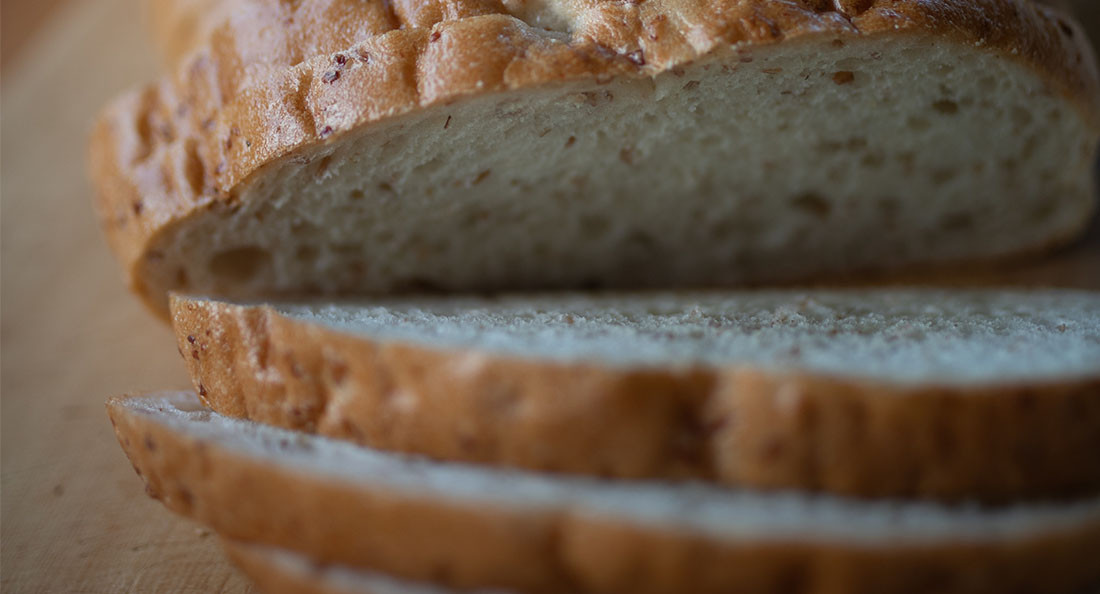Hunger is the mother of invention
A look at Winnipeg’s culinary creations
It may be a long time until a Manitoba-style restaurant opens abroad. But rather than an indictment of our cuisine, it’s a testament to the sheer diversity of delicacies that originate from Winnipeg. From the indulgent chili-slathered Fat Boy to the iconic Pizza Pops, Winnipeg offers a motley assortment of original things to eat.
“One of the beauties of being in Manitoba is that it is in the middle in so many senses,” Dr. Janis Thiessen says. Thiessen is a University of Winnipeg (U of W) history professor who specializes in cuisine and has authored Snacks: A Canadian Food History. They are one of the co-authors, with Kimberley Moore of the U of W's Oral History Centre, of the upcoming book mmm... Manitoba.
“We’re not heavily invested in any one thing. We’re a more diversified province ... it’s the same thing when it comes to cuisine,” she says.
While some foods with origins elsewhere have become Winnipeg staples (the Polish pierogi and French tourtière, to name a few), many local signature dishes were birthed in the kitchens of ordinary Winnipeggers.
“I think Manitoba always punches above its weight in so many categories. We have such a variety of cultures that you can get anything you want,” Thiessen says. “We’re a culinary centre in the way people think of New York and Paris.”
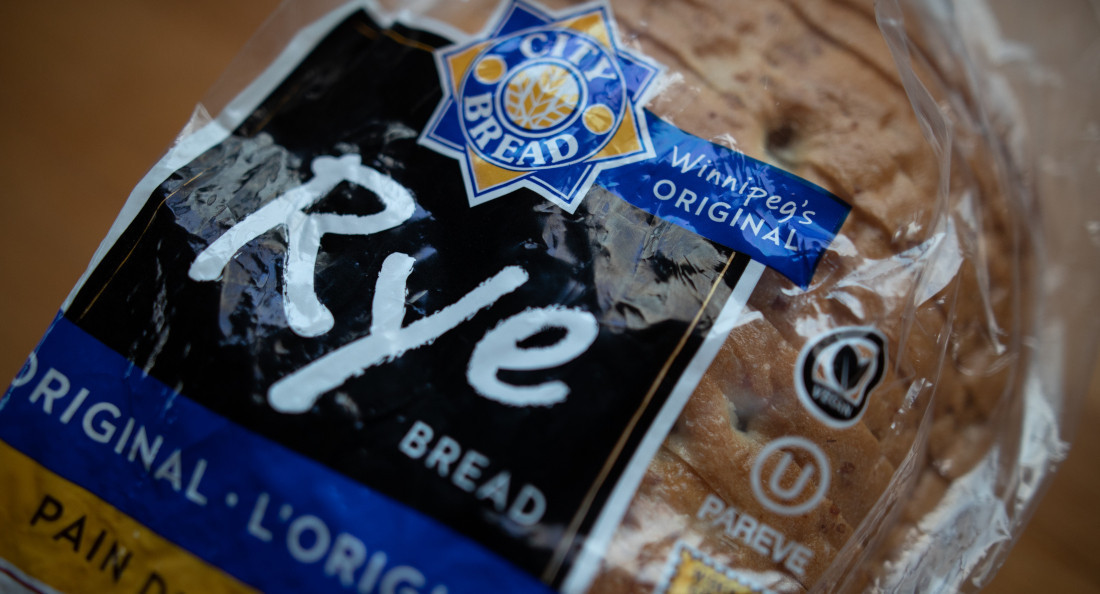
City Bread is one of the brands that exemplifies Winnipeg-style rye bread, along with Kub Bakery, Gunn’s Bakery and others.
Clodhoppin’
It can be said that Winnipeg tradition is to put our desserts before our dinner. Renowned bakeries such as Jeanne’s Bakery and Baked Expectations dominate post-dinner-plan conversation, while major confectionery companies like Cavalier Candies and Scott-Bathgate’s Nutty Club ensure Winnipeg’s place as a breeding ground for sweet dreams and cavities.
And, of course, the veneration bestowed upon by international convenience chain 7-Eleven as “Slurpee Capital of the World” is perhaps the city’s greatest honour. But the king of all candies from Winnipeg comes from more humble origins: a family recipe gone multinational.
Edith Baker, born and raised in Winnipeg, spent much of her teen years working at Schrafft’s restaurant in New York City’s famed Chrysler Building with her mother, Nanny, and sister, Winnie. But despite the auspicious locale in perhaps the commerce capital of the world, it wasn’t until she returned to Winnipeg that her most famous culinary creation was born.
Schrafft’s, a restaurant chain owned by a major candy company from Boston, may have provided inspiration for the young Baker. In any case, Baker began making a new confection, made from graham clusters and chocolate, much to her family’s delight.
It took many years before someone decided to capitalize on the sweet treat. When teenager Chris Emery tasted his grandmother’s concoction, he had a commercial epiphany about the untapped potential of the then-unnamed Clodhoppers. He and Oak Park High School classmate and good friend Larry Finnson put the wheels in motion, and the Krave’s Candy Company was established.
In 1996, Emery and Finnson set up shop in their garage, peddling Baker’s wares to the sweet-toothed masses. Within two years, the duo scored a distribution deal from ubiquitous department giant Walmart. And that was just the beginning.
The candy caught the eye of Brookside Foods, which purchased Krave’s in 2006, and in turn was purchased by major candy conglomerate Hershey’s, which reintroduced Clodhoppers under their own name. Know that the “Hershey’s Crunchers” lining the shelves at local department stores were born right here in Winnipeg.
Rye: a Manitoban tale
The story of Winnipeg-style rye bread is emblematic of the city’s rich history as a magnet for the Eastern European diaspora.
While there are various claims to the origins of Winnipeg rye, many bakers, including Fivie Gunn, former owner of Gunn’s Bakery, believe the style of bread originated from Ukrainian immigrants who settled in the city during the 19th and 20th centuries as a piece of home for hungry strangers in a strange land.
“There’s not some sort of smoking gun, historically speaking, about that,” Thiessen says.
“I imagine it falls along the lines of Chinese-Canadian restaurants. You adjust the recipe to make it more palatable to tastes that are not your own. Just like with Chinese food, it’s not the food of any particular region in China. It’s designed to appeal to non-Chinese people,” she says.
Winnipeg’s own style of rye combines a lighter colour and milder flavour. Ironically, there is barely any rye flour in the bread. Coarse rye meal or cracked rye are used instead. The omission, plus caraway seeds and more white flour make for the smooth sandwich experience many Winnipeggers can instantly recognize upon first bite.
Thiessen credits the bread’s status as a Winnipeg institution to the initial immigration influx of Eastern Europeans before a broader range of settlers were accepted.
“Eastern European traditions are long-standing here, because those were the settlers that were deliberately courted to come here, including my own ancestors,” they say.
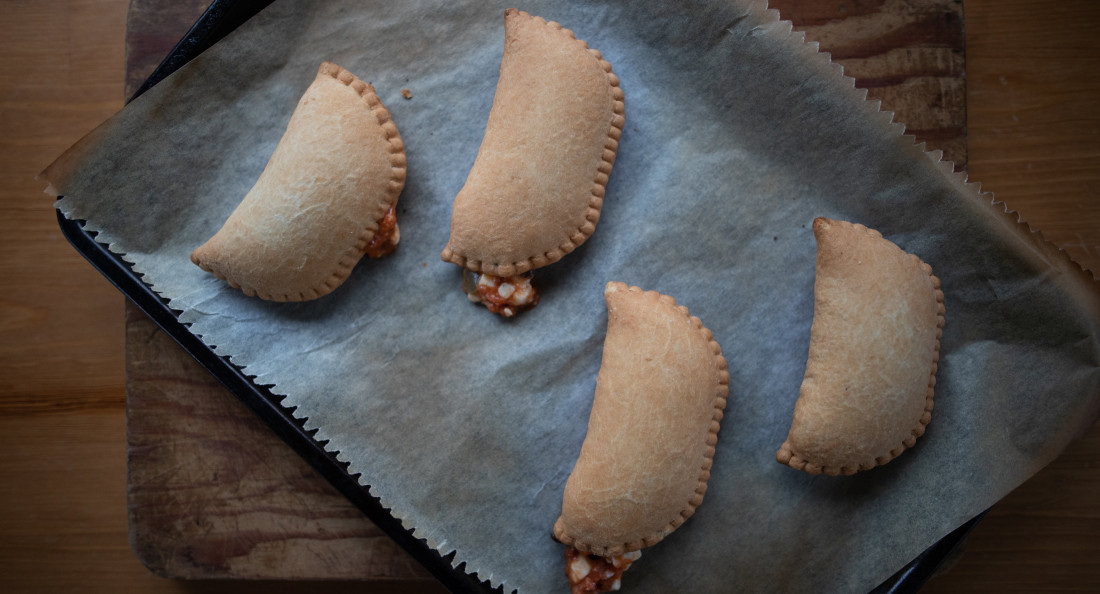
Winnipegger Paul Faraci invented the Pizza Pop in 1964 and sod it to Pillsbury in the 1980s. While Pillsbury eventually changed the recipe, Faraci’s family sell POPS (Paul’s Original Pizza Snacks) at their food truck.
Pie in your pocket
To call it a calzone is to be reductionist, yet to call it pizza misses the point. The pizza-filled pocket of fried dough is unique, down to its half-moon shape. You can find it in grade-schoolers’, college kids’ and businessmens’ lunch packs alike.
“For my Uncle Paul, it would basically be a sealed dough with a blend of tomato sauce and spices for the pizza sauce, as well as pepperoni and mozzarella cheese. It’s sealed, deep-fried and served just like so,” Anthony Faraci, owner of Faraci Foods, says.
In 1964, Paul Faraci changed lunchtime and late-night snacking for Canadians forever with the introduction of the Pizza Pop. An owner of a burger joint in town, Paul found himself disappointed with his choice of Italian dining one evening after a recommendation from a customer. The panzerotti, a sort of miniature calzone, did not satiate the businessman and cook, so he took matters into his own hands.
“The Pizza Pop was Paul’s take on a delicious product,” Anthony says.
Finding instant success with the food, the decades following found Paul selling Pizza Pops out of his shop, to distribution at grocery stores, to bringing on partners and, eventually, a buyout from Pillsbury in the 1980s. Following disagreements with his business partners, Paul let the pastry giant carry on his culinary legacy until his death in 2018.
It wasn’t until 2018 that nephew Phil and great-nephew Anthony decided to bring back the original recipe.
“The news came out that the inventor (of the Pizza Pop) had passed away, and, at that time, I had been operating my food trailer here in Winnipeg. That gave the family and I an opportunity to bring back the original flavour,” Anthony says.
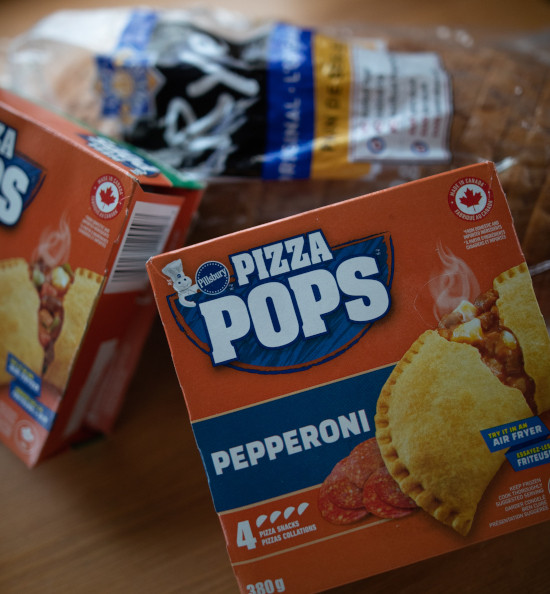
Microwave them, deep fry them or put them in the oven - however you prepare them, Pizza Pops
are a lunchtime delicacy.
“POPS” (Pauls’ Original Pizza Snacks) are from the Faraci Foods company, distinct and unaffiliated with Pillsbury’s product. Currently only sold at the Faraci Foods trailer and select events in Winnipeg, the company provides a more homestyle alternative to counter Pillsbury’s offerings. Hungry Winnipeggers can also purchase a six-piece “Bannock in a Box” from the trailer.
“We weren’t sure how well it would be taken by the public until we started hearing a lot of these stories from consumers across Canada who remembered the original flavour, which has changed over the years,” Anthony says.
He says it’s hard to beat the fresh appeal of the original process.
“Bringing back the quality ingredients and the spices makes all the difference, along with the fresh frying in our food trailer. Once you bite into it, obviously after you let it cool down, the blend of mozzarella, pepperoni, sauce and spices is just incomparable.”
Offerings like Chili Pops and Veggie Pops were experimented with in the ’80s, but never took off and were soon discontinued. Whether homestyled from the original family recipe or pre-packaged from Pillsbury’s, Canadians won’t settle for anything less than the iconic pizza pop. And it’s a legacy Anthony is proud to continue to carry.
“Having a product that many people have grown up eating or have tried, it is neat to know that that came from a family member. Just the idea, the experimenting with products back then to build something that has turned into a national product. It’s something that everybody strives for,” he says.
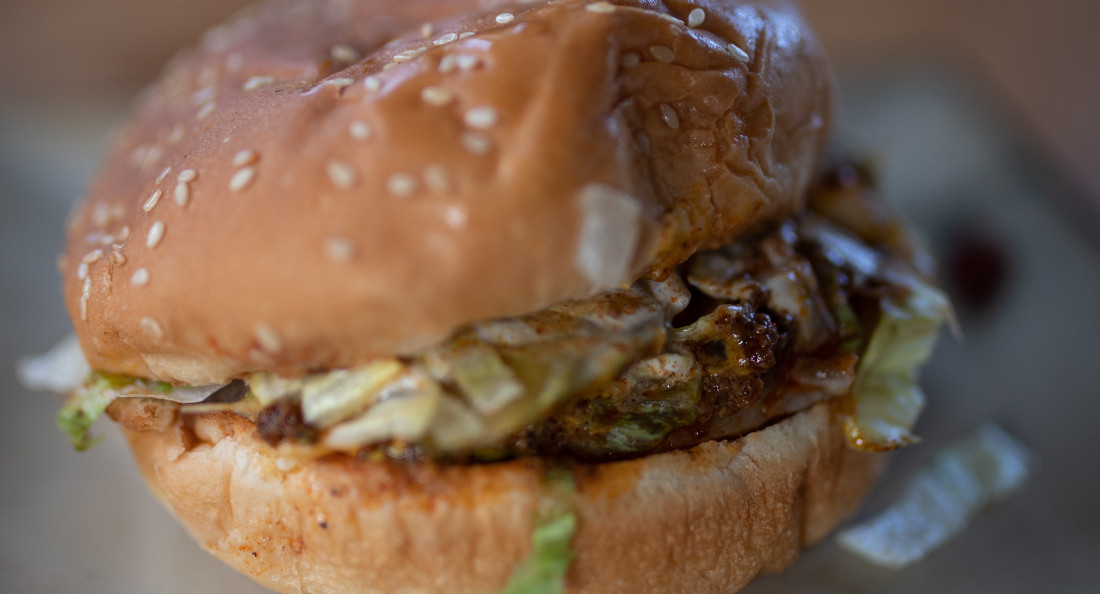
The Fat Boy is a distinctly Winnipeg burger with origins in local Greek diners.
The burger king
Any meditation on Winnipeg cuisine is incomplete without touching on the baron of beef, the sultan of sloppy delight, the Fat Boy. And just like the sandwich itself, the history of its inception and proliferation from the late 1950s to the early 1960s is a touch messy.
A 2019 CBC News investigation by Cory Funk into the roots of the esteemed burger unearthed its splintered history. A large-size portion of the credit for the Fat Boy can be attributed to Greek immigrant brothers Gus, John and George Scouras. After cutting his teeth (and onions) in an uncle’s restaurant, Gus founded Junior’s restaurant.
The original Fat Boy has a much-less deprecating title. Their signature menu item – a burger coated in chili sauce – was called the “Lotta Burger.” The success of the first restaurant enabled the brothers to open a second restaurant, called Big Boy, with an equivalent burger.
The “Big Boy” came close to the iconic name known today, but it wasn’t until the Scouras’ employees left and started their own burger joints that the “Fat Boy” title was given. Gus speculates that Mike Lambos, who purchased the Dairi-Wip Drive-In on Marion, coined the term for his own brand of the family recipe.
“It’s our greatest invention,” Thiessen says.
“Even though there are variations of that elsewhere, they’re not quite the same. That Greek chili sauce, that cinnamon flavouring, not too thick, not too runny on a cheeseburger with shredded lettuce and a fresh tomato? Takes the cheeseburger to a new level,” she says.
Today, Greek burger joints in Winnipeg are seemingly everywhere. A Fat Boy is almost as easily attainable as a Big Mac during the right hours.
“There’s nothing quite like a burger at your local ‘greasy spoon’ drive-in/diner,” Richard Caron says. He is the one-man show behind Instagram page @fortheloveofallfatboys, where he endeavours to review every one of the quintessential burgers available in the city.
“The fact that something like the Fat Boy continues to help these mostly mom-and-pop burger and chip shops to survive is a testament to Winnipeggers and Manitobans doing their part to solidify its legacy in culinary lore,” Caron says.
Published in Volume 78, Number 04 of The Uniter (September 28, 2023)

